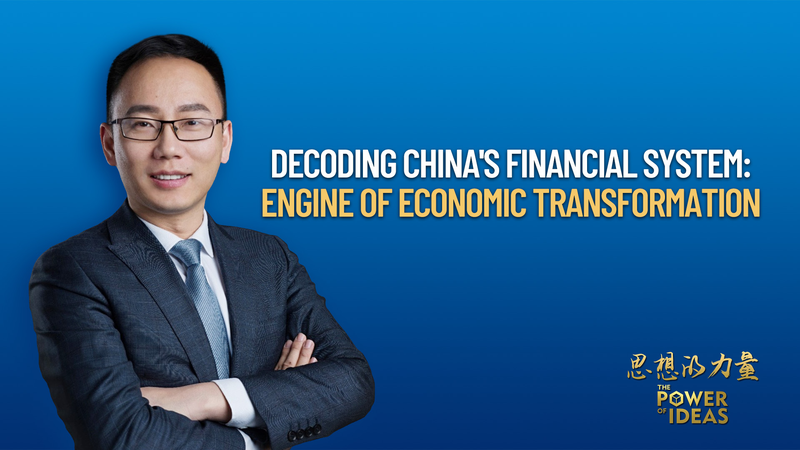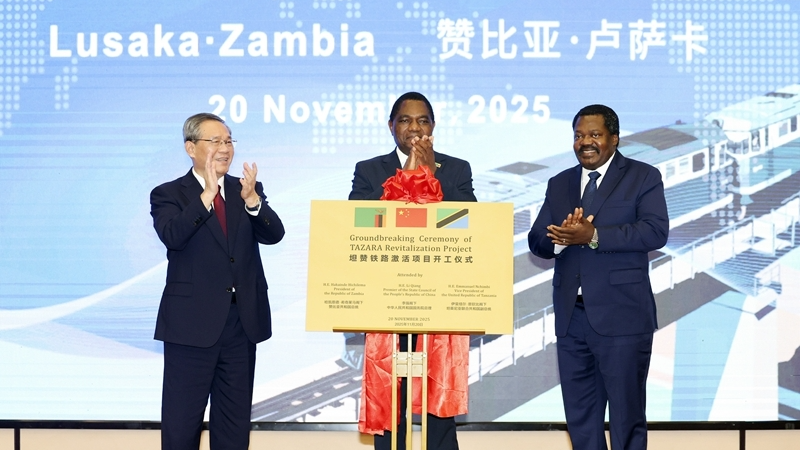As one of the largest and most complex financial systems in the world, China’s network plays a huge role in powering its economy. 🤔 Professor He Ping from Tsinghua University breaks it down for us.
Core Mechanisms
- Mobilizing Savings & Capital Allocation: Banks, trusts, and funds pool household and corporate savings, then channel money into sectors like tech, green energy, and infrastructure.
- Policy Steering: The People’s Bank of China (the Chinese mainland’s central bank) tweaks interest rates, reserve requirements, and targeted loans—think of it as the system’s thermostat for growth and stability. ❄️🔥
- Risk Management: Regulators run stress tests, enforce capital buffers, and set strict lending rules to catch problems before they spiral.
- Digital Finance Innovations: From mobile wallets to the digital yuan pilot, fintech is making transactions seamless—perfect for mobile-first markets. 📱💡
Key Functions in Action
- Fueling Growth: Directing funds to emerging industries and startups, boosting job creation and tech innovation.
- Stabilizing Markets: Smoothing out credit cycles and safeguarding against shocks—so you don’t face wild interest rate swings.
- International Reach: Opening cross-border channels and expanding yuan’s role globally—think trade settlements and investment links.
Why It Matters to You
Getting these basics helps you spot trends—whether you’re exploring digital banking apps, eyeing investment opportunities, or just staying informed about the global economy. 🌏
Bottom line: China’s financial system blends scale, strategy, and tech to drive the world’s second-largest economy. Ready to keep up? Let us know your thoughts below! 👇
Reference(s):
Decoding China's financial system: engine of economic transformation
cgtn.com




